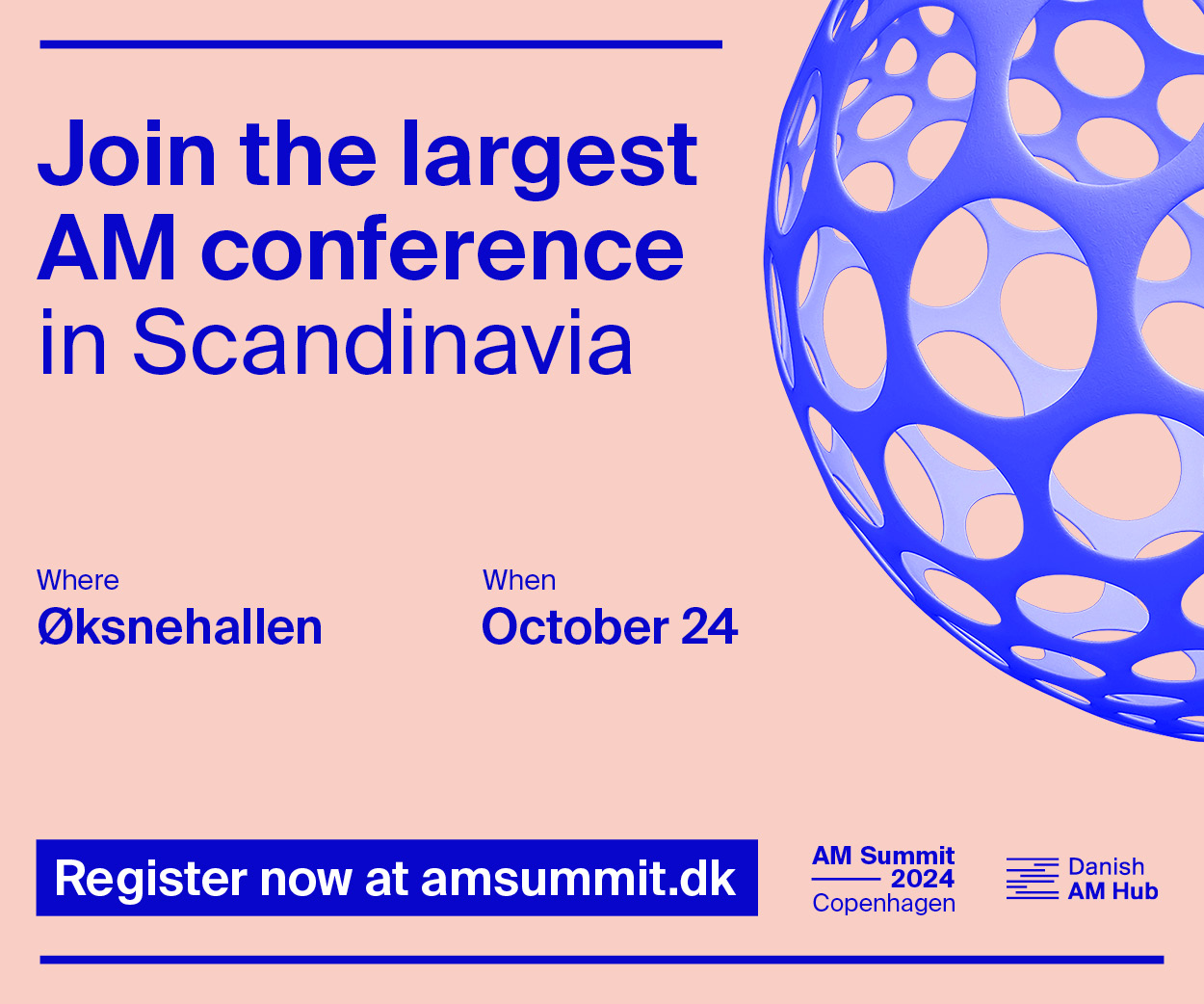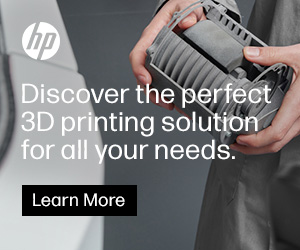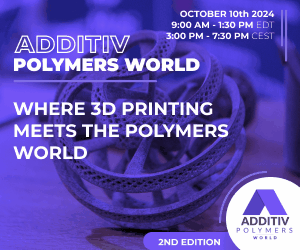Metal 3D printing is a burgeoning area at the moment. Many companies are investing in metal 3D printing systems and the market is growing quickly. There are a number of different metal 3D printing technologies out there. You can find the first part of this series comparing metal 3D printing technologies here. In this part we will be looking at Directed Energy Deposition (DED).
Directed Energy Deposition
Directed Energy Deposition is actually a series of similar technologies. Generally they all deposit a melted metal powder or wire on a build service. The nozzle that deposits the material is typically mounted on a five-axis arm and then melted by a laser or electron beam. These technologies in various forms have been around in decades. Laser welding and electron beam welding were established technologies that were able to weld together metal parts. These were used extensively in aerospace and other industries. At one point companies started exploring putting laser welding equipment on motion stages and using them to build near net shape geometries. Many companies explored doing this in many different industries. This means that there are a diverse number of companies offering DED in its various forms.
Usually these companies sell to aerospace and similar markets. A lot of these machines are also used to make or repair military equipment. DED has also been used extensively to repair turbine blades and other high-end equipment. DED is very good at depositing material. Uniquely they can be used to build parts larger than 1 meter and in some cases beyond 5 meters. DED is the technology that is capable to make such large 3D printed metal parts. Parts are, straight out of the machine, very rough typically. Often DED technologies are combined with CNC equipment. The Directed Energy Deposition machine builds the part and then the CNC equipment is used to mill it down to the right size and smoothness. DED machines are also often mounted directly on existing CNC equipment.
In terms of size these technologies are unsurpassed. For fine mechanical parts powder bed fusion technologies are often better suited. Uniquely repairing existing high-value equipment is one of the main applications for DED. Often this is done by defense contractors or by companies working directly for other large industrial companies. Very often these technologies have also been developed by defense related companies or have been developed out of the prying eyes of the press. Due to this DED technologies and their applications are not as well known as many other processes. That’s a shame because this particular technology has a wide possible application area in many industries. Already used for structural parts for satellites and military aircraft, DED is being considered for structural parts for commercial aircraft as well. Possible applications in the automotive industry and in shipbuilding abound as well. DED is perhaps not well known but deserves to be much more famous.
Sciaky

A Sciaky EBAM machine.
Sciaky is a US company that makes Electron Beam Additive Manufacturing equipment. They have considerable expertise in metal 3D printing for aerospace. The company’s machines have been used in various US aeronautical programs and have worked for the defense establishment extensively. With Sciaky 3D printers one can make 5-meter-large parts in various materials. The company can process tungsten, titanium, superalloys, aluminum and steel.
Optomec
Optomec is another US-based company that has been nurtured by the defense establishment. Optomec equipment can be added to existing CNC machines or be used as independent systems. The company makes specific systems for the repair of parts using 3D printing and systems for aluminum as well.
InssTek
InssTek is a South Korean company that has sold locally but is so far not well known outside their home country. The company develops custom units  for industrial applications and a range of systems from small to large. InssTek also has a very small desktop DED system for testing. The company has received new investments and is greatly expanding its model range including a very large Grande system.
for industrial applications and a range of systems from small to large. InssTek also has a very small desktop DED system for testing. The company has received new investments and is greatly expanding its model range including a very large Grande system.
Trumpf
Trumpf is a family-owned business that is a world leader in lasers and cutting systems. They have laser cell systems based on their laser cell welding equipment. The company also has powder bed fusion equipment.
BeAM
 BeAM is a French company that is a relatively new market entrant in terms of being known but their systems have been under development for over 15 years. The company’s technology can be used to repair metal objects, among other high-value applications. This year BeAM opened a US office as well.
BeAM is a French company that is a relatively new market entrant in terms of being known but their systems have been under development for over 15 years. The company’s technology can be used to repair metal objects, among other high-value applications. This year BeAM opened a US office as well.
This is only a small selection of all the DED vendors out there. This is a technology that could potentially enable large-scale metal parts for industry so should be one to watch. Discuss in the Directed Energy Deposition forum at 3DPB.com.
Subscribe to Our Email Newsletter
Stay up-to-date on all the latest news from the 3D printing industry and receive information and offers from third party vendors.
You May Also Like
3D Printing Market Reaches $3.45B in Q2 2024, Marking 8.4% Year-Over-Year Growth
The global 3D printing market continued its upward trajectory in the second quarter of 2024, totaling $3.45 billion—a year-over-year increase of 8.4%. Despite a slight sequential decline from $3.47 billion...
New ABB Cobots Are 10 Times More Accurate for 3D Printing and More
ABB has introduced Ultra Accuracy GoFa cobots, which are ten times more accurate than the company’s previous cobots. While older industrial robots have driven innovation in concrete 3D printing, wire...
AM Expands Beyond 3D Printing at IMTS 2024
As discussed in our previous article on the Western hemisphere’s largest manufacturing trade show, the International Manufacturing Technology Show (IMTS), the industrialization of 3D printing was on display. This was...
Ursa Major & US Navy Make $25M Joint Investment in New 3D Printed Rocket Motor Prototype
Ursa Major, the Colorado-based company dedicated to building a North American rocket propulsion supply chain with advanced manufacturing, has become one of the first recipients of funding from the DoD’s...



































